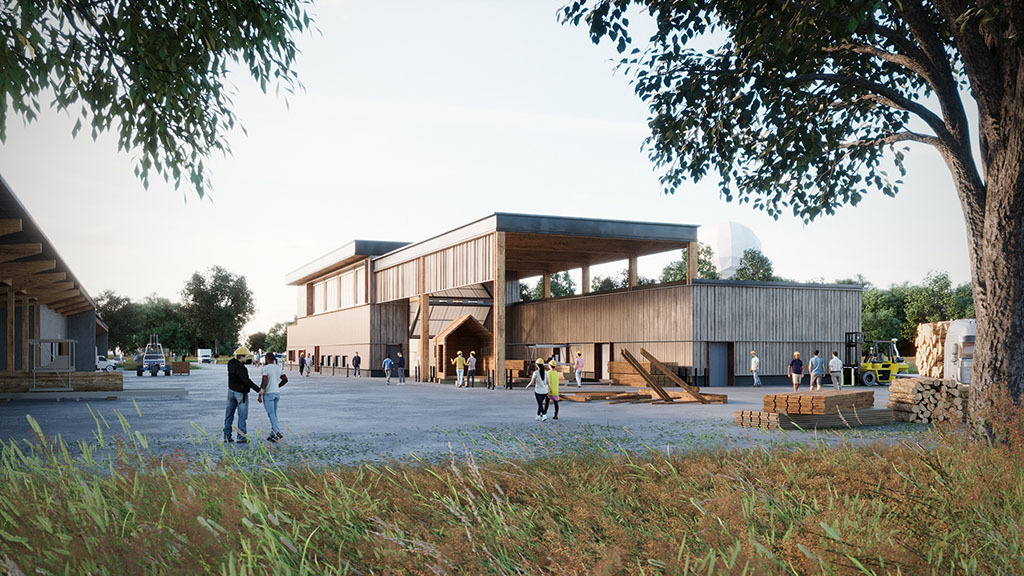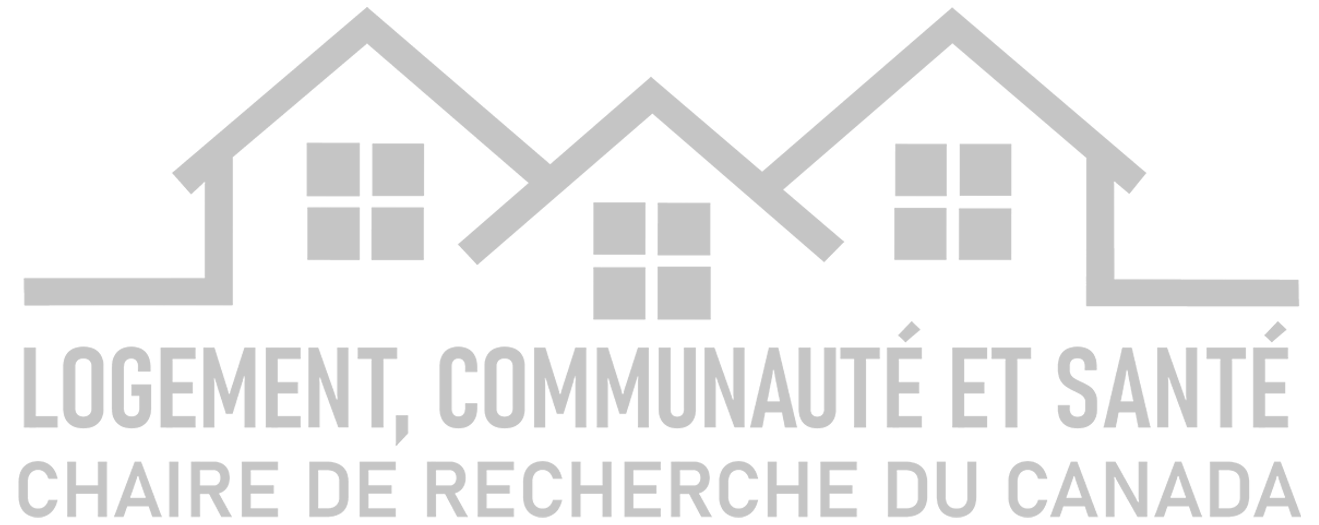About
Who we are
The Chair in Architecture, Energy and Environment conducts basic, applied, and design-based research in cross-disciplinary collaboration with teams across Canada and beyond.
Established in 2022, The Chair is held by Michael Jemtrud, Associate Professor of Architecture at McGill University. Its activities are carried out by the FARMM lab team at the Peter Guo Hua Fu School of Architecture.

Render image of the BARN facility, under development
Our mission
Our aim is to develop and implement decarbonization pathways for the architecture, engineering, and construction industries to expedite transformation of the built environment.
From material extraction and construction, to use, maintenance and end-of-life processes, the built environment accounts for most of today's greenhouse gas (GHG) emissions. Our mission is to transform the building environments process so that it feeds into a resilient and sustainable future.
The Chair works to generate concrete solutions and actionable strategies which incur immediate impact, thus demonstrably leading change in the Architecture, Engineering and Construction (AEC), energy, and resource sectors.
Adapting and retrofitting existing buildings to make them more energy efficient is a proven and necessary means of reducing GHG emissions.
OUR STRATEGY
The effects of climate change—more extreme weather events, flooding, extreme and sustained heat, and so on—are continuing to escalate at an alarming rate. Our buildings and communities must be designed and upgraded to adapt to this reality.
The built environment is complex, so decarbonization requires targeted, impactful action. Our action plan focuses on:
Progress along this 'decarbonization pathway' will be made through novel approaches and real-world projects designed to meet the following benchmarks:
The reduction or prevention of GHG emissions.
The design and upgrading of buildings and communities so that they respond to actual and projected climate change models.
Ensuring the built environment's ability to withstand and effectively and efficiently recover from the consequences of a changing climate.
Discover Our Collaborators








- Arrondissement de l’Île-Bizard—Sainte-Geneviève
- Société d’habitation du Québec
- Building decarbonization alliance
- Pembina institute
- Québec BVI – Bâtiment vert et intelligent
- ReCover Initiative
- Retrofit Canada
- The Atmospheric Fund (TAF)
- Transition Accelerator
- Zero Emissions Innovation Centre
- If Then Architecture Inc.
- Minotair Inc.
- RG Solutions





